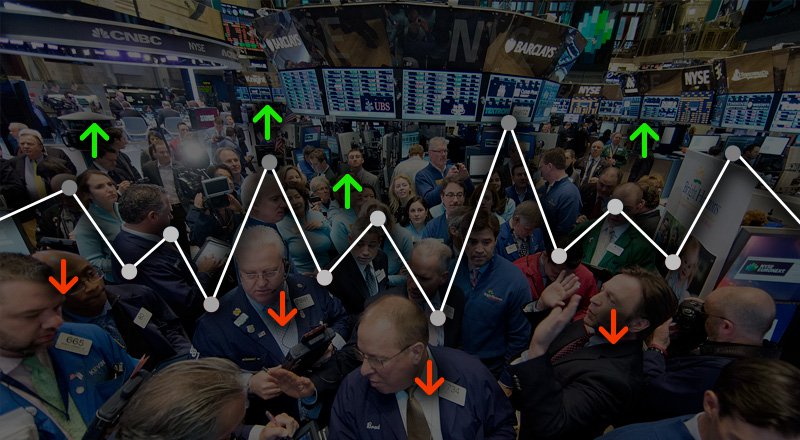Stocks options could be one hell of a financial vehicle. The risk is enormous – and let’s assume that the notion of ‘high risk’ stands where investor can lose all his investment without any special coincidence – and dealing with options is certainly a place where all the money involved is on the line. On the other hand, the opportunities are huge. Options are one of these tools where one can make, in relatively short time, a 10x reward.
For this risk/reward balance and for one other good reason - you don’t need high amounts to get highly rewarded ($1000 - $2000 could be more than enough) - options could easily become the right way to play for a private investor in the capital market. But the risk/reward also dictates other considerations: in order to be on the winning side of your options strategy, you need to hold the right tools and/or information. And while there are plenty of relevant financial data out there, laying your hands on the data that would give you a real edge could turn into a painful experience.
Where things start to blur
Theoretically speaking, options are ‘mathematical creatures’ and shouldn’t look too sophisticated from above. A stock valuation (or most of the financial assets valuations) is a derivative of the supply-demand forces in the market.
On the other hand, an option value is an equation. Let’s think of it as a mathematical model that contains all the economic forces around a financial asset under specific assumptions.
With the 'Black-Scholes model' (BS) – which is the major model for evaluating stock options today – if you know the current value of the asset (i.e. the stock value), the timing to expiration (e.g.10 trading days), the Volatility of returns from the asset (e.g. 30%), the interest rate (e.g. 0.25) and the expected strike price (e.g. assuming that the current price is $100 and the strike price within 10 days will be 1$05), you could find a web based options valuation tool and allegedly get the market value.
Here is where things become more vague, and ask the trader to hold extra knowledge beside the general understanding of financial derivatives. Are you sure that the timing you chose for option expiration is the right one?
Well, you don’t have to be an experienced trader to realize that an option which called ‘60_put_0520_2016’ is a PUT option on the price of $60 which will expire in 05/20/2016. But since we usually find a variety of option expiration dates for each price, it begs the question: is this the option that will maximize profits?
Recall, what we have here is the possibility for great rewards vs. losing all the money. As such, making the right assessments that accounts for the expiration timing could be crucial. Getting the volatility the market sees for that stock and the right sensitivities of the option price for markets dynamics ('GREEKS'), could be very helpful.
The strategic choice
One interesting issue where data become highly important is around the strategy. If you search the web for option trading it will not be long before you encounter voices telling you that the right way for a private investor is to ‘sell’ options and not get into buying them. The idea is appealing. Why deal with unnecessary complications, if we can find stocks with high implied volatility (meaning, relatively high options prices), and write options for these asset. Though the reward is low (compared to options) it could get under the notion of ‘easy money’.
This strategy isn’t flawless. While the selling option has limited upside (the amount you write, e.g. $1000), the downside could turn out to be 10 times more. So in order to stay on the winning side of a highly volatile market like today, you need to hold much more knowledge about the asset you deal with. You can’t allow yourself to write options for a stock that would make a drastic move (in the wrong direction) if the S&P 500 suddenly drops 2-3% per day (and there were several days like this in the recent months).
So, at least in the near future, ‘selling’ options will become much more complicated even if you don’t ask for high returns. Datasets with information about both the asset and the options you deal with turned out to be a much more important part of the traders day to day activity.
Read the 2nd part here.



















